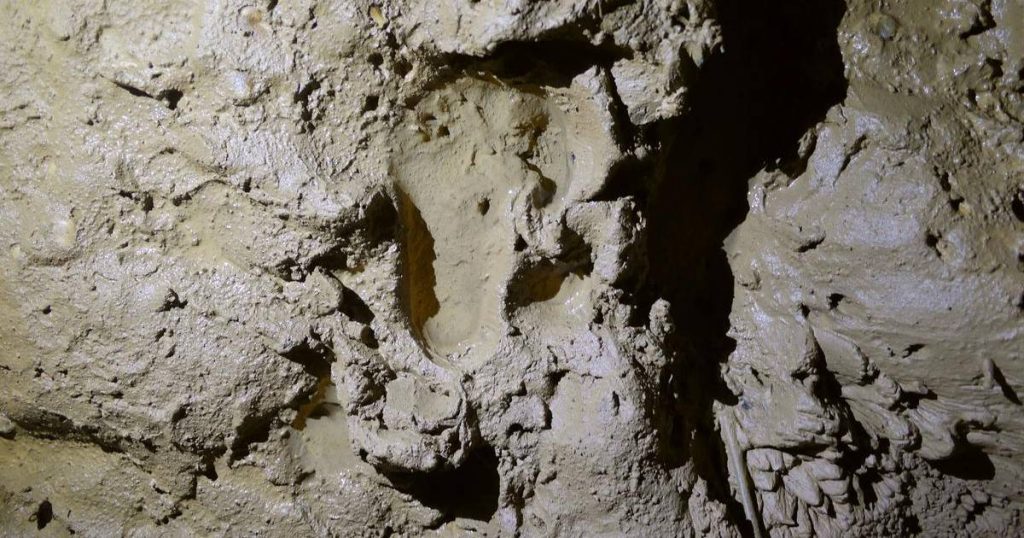French speleologists have made a remarkable discovery in the city of Charentes in southwest France. Researchers found a burial cave dating back to the Bronze Age (2200-800 BC). The cave is more than a kilometer long and traces of human activity dating back more than a thousand years have been found. Archaeologists say the labyrinth has been hidden for 2,500 years. Human and animal remains were found still in excellent condition. “As if the last inhabitants had just left,” says the French Ministry of Culture.
GVBR
Last updated:
03-04-22, 12:22
source:
AFP, Charente Libre, VRT NWS
Speleologists discovered the cave in the southwest of France in the Charentes, more precisely in Rochefoucauld-en-Angoumua. According to the French Ministry of Culture, the underground cemetery is “one of the largest burial caves in France, and possibly in Europe”. The burial cave of more than one kilometer is about 3,000 to 4,000 years old and was found in excellent condition.
In the cave, speleologists found typical stalactites and stalagmites, as they can often be found in other caves. They also found clear indications of human presence in the cave. For example, the remains of children’s footprints were found in the mud. “The cave is said to have been used from the early to late Bronze Age, over a period of about 1,300 years,” Jerome Brimult told AFP. In addition to the impressive length of the complex, the site also covers a large part of human history. More than a thousand years. “
(Read more below the photos)
An insight into funeral rites and life from the Bronze Age
The entrance to the cave is said to have been blocked about 2,500 years ago, making the cave closed to humans and animals. The researchers suspect that a natural cause such as a landslide blocks the entrance, but they do not rule out the deliberate closure of the cave. In 2021, humans were able to re-enter the cave for the first time.
Since the cave has been isolated the whole time, everything has been kept in perfect condition. That’s twenty meters underground. The French Ministry of Culture, which released the disclosure, said it appears that the last inhabitants have just left the cave.
According to Primot, all of this provides insight into burial rituals from the Bronze Age. The remains of nearly ten people have already been discovered. Speleologists also suspect that people actually lived in the cave. Remains of earthenware and even a fire were discovered. Archaeologists have also discovered bone remains from animals such as pigs and oxen, which may be an indication that people ate in the cave.
(Read more below the photos)
Réseau de la Licorne
While city officials in La Rochefoucauld were doing roadworks in February 2021, the cave accidentally appeared. In the end it turned out to be a large complex with rooms and galleries over a kilometer long.
Paleontologists gave the burial cave the name “Réseau de la Licorne”, which literally means “unicorn net”. Primolt says the cave’s size means the rest of the archaeological investigation could take years to complete. To ensure that the finds are not affected, the cave remains closed to the public.
Read also:
Unlimited free access to Showbytes? And that can!
Sign in or create an account and never miss a thing from the stars.

“Lifelong food practitioner. Zombie geek. Explorer. Reader. Subtly charming gamer. Entrepreneur. Devoted analyst.”















More Stories
Revealing the ten countries that support Ukraine the most
Funny protest against mass tourism in Galician village
Kamala Harris has wind in her sails, but Trump can still win